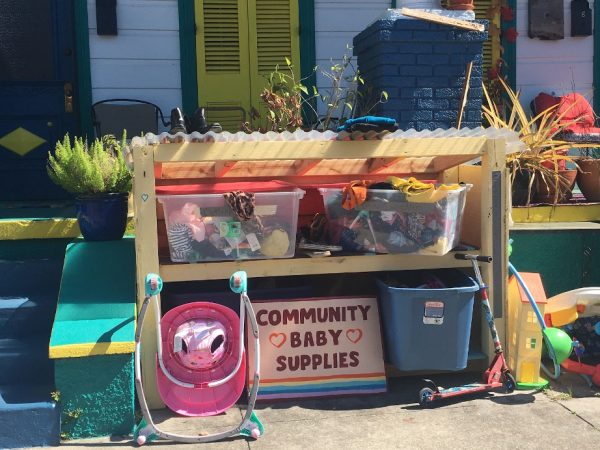
Discussions of cities and food availability have long centered on the idea that poor residents are likely to live in “food deserts,” areas of concentrated poverty with few food outlets. A new study of grocery stores in Metro Atlanta examines this idea, showing how spatial location and neighborhood characteristics shape access to grocery stores in surprising ways. Using quantitative data that tracks regional migration patterns 2003-2015, sociologists Joowon Jeong and Cathy Yang Liu find little evidence that low-income residents – predominantly residents of color – have less overall access to food stores across geographic locations.
Challenging the notion that poorer residents tend to live in food deserts, they instead find that urban residents living in high poverty rate areas have, on average, 1.73 more markets than others. One crucial caveat: in addition to neighborhood characteristics, disparities in food access vary across locations including central city, inner-ring suburbs, and outer ring suburbs. For example, residents living in Latinx-dominated central city neighborhoods and inner-ring suburban African Americans face markedly lower access to food outlets.These surprising findings reflect some broader recent changes in “who lives where” in U.S. cities. The return of a younger, highly-educated middle class to city centers has pushed many working-class residents to more affordable suburbs. Although suburbs have historically enjoyed ample food options, this may no longer be the case. In the last decade, in particular, Jeong and Yang Liu find that grocery store options for inner-ring urbanites have increased while central city and outer-ring suburbs experienced little change.
In revitalizing neighborhoods, the influx in food options alone won’t end the food scarcity residents face, with many new amenities like grocery stores and restaurants being costly and out of reach. Instead of offering all poor and working-class residents new affordable options for consumption, these stores disproportionately cater to whiter, affluent residents, meaning quality food remains out of reach for many residents. The food desert myth may be on ice, but food precarity endures.









